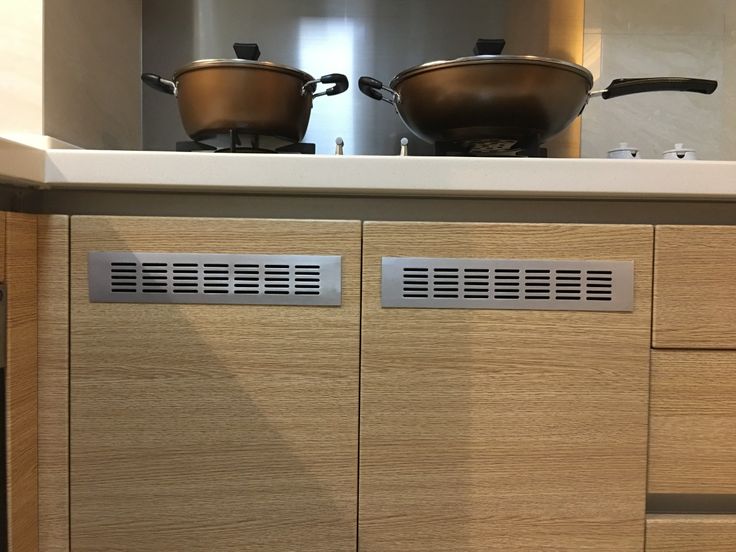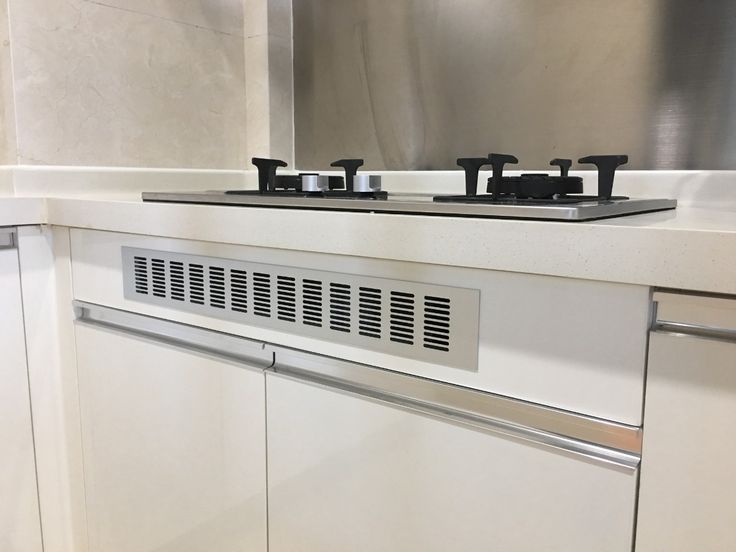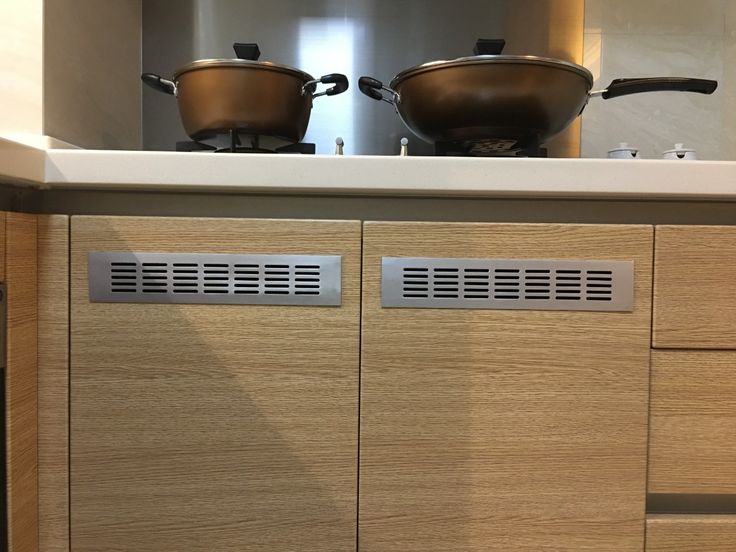When we think about our homes, we often focus on aesthetics—how the furniture looks, the color of the walls, and the arrangement of decor. However, there’s one aspect that tends to get overlooked: ventilation, particularly in cabinets. While it might not seem like a big deal, proper cabinet ventilation plays a crucial role in maintaining a healthy, efficient, and pleasant living space. Let’s dive into why cabinet ventilation is important and how it can benefit you.
Understanding Cabinet Ventilation
Cabinet ventilation refers to the airflow within cabinets, particularly those used in kitchens, bathrooms, and laundry rooms. Proper ventilation allows air to circulate, preventing moisture buildup, odors, and the growth of mold and mildew. Many people might not realize that cabinets can trap heat and humidity, creating an environment conducive to problems.

Preventing Moisture and Mold
One of the most significant benefits of cabinet ventilation is moisture control. In areas like kitchens and bathrooms, where water is frequently used, humidity levels can spike. If cabinets aren’t adequately ventilated, this moisture can become trapped inside, leading to mold and mildew growth. Not only are these substances unsightly, but they can also pose health risks, especially for individuals with respiratory issues.
By ensuring that your cabinets have proper ventilation, you can significantly reduce the risk of mold. This involves having sufficient airflow, which can be achieved through vents or even simply leaving cabinet doors slightly ajar when not in use.
Reducing Odors
Another advantage of proper ventilation is the reduction of unpleasant odors. In kitchens, for instance, food smells can linger long after cooking. If your cabinets aren’t ventilated, these odors can build up, leading to a musty smell that permeates your kitchen.
Cabinet ventilation helps to dissipate these odors, allowing fresh air to circulate and keep things smelling clean. Whether you’re storing spices, dishes, or cleaning supplies, a well-ventilated cabinet can keep your space fresher.
Enhancing Efficiency
Did you know that proper ventilation can actually enhance the efficiency of your appliances? In kitchen cabinets, heat can build up from ovens or dishwashers. This excess heat can affect the performance of your appliances, potentially leading to malfunctions or shorter lifespans.
By ensuring that your cabinets are ventilated, you can help maintain a consistent temperature. This not only keeps your appliances running smoothly but can also contribute to energy efficiency, reducing your overall energy bills.

Protecting Your Belongings
Moisture and heat can also damage the items stored within your cabinets. Wooden cabinets can warp, and sensitive materials like paper, fabric, and certain chemicals can degrade if exposed to high humidity. Proper ventilation helps protect your belongings, ensuring they remain in good condition.
This is particularly important for items like spices, cleaning products, and food storage. Maintaining a stable environment inside your cabinets can prolong the life of these items and save you money in the long run.
Practical Tips for Improving Cabinet Ventilation
If you’re convinced of the importance of cabinet ventilation, here are some practical tips to improve airflow:
- Install Vents: Consider installing small vents in your cabinets. These can help facilitate airflow and reduce moisture buildup.
- Use Dehumidifiers: If you live in a particularly humid area, using a small dehumidifier can help control moisture levels, especially in spaces like bathrooms and laundry rooms.
- Leave Doors Open: Whenever possible, leave cabinet doors open for a little while after using the space, allowing for air circulation.
- Organize Wisely: Avoid overcrowding your cabinets. This can restrict airflow and create hotspots where moisture can accumulate.
- Regular Checks: Periodically check your cabinets for signs of moisture, mold, or odors. Address any issues immediately to prevent further problems.
Conclusion
Cabinet ventilation may not be the first thing on your mind when decorating or organizing your home, but it plays an essential role in maintaining a healthy and efficient living environment. By ensuring proper airflow in your cabinets, you can prevent moisture buildup, reduce odors, enhance appliance efficiency, and protect your belongings. Taking a few simple steps toward improving cabinet ventilation can make a significant difference in your home’s overall comfort and longevity. So, the next time you think about your cabinets, remember: a little ventilation goes a long way!
“Good design is good business.” – Steve Jobs

